Editorial Board
Alice Barreca, Filippo De Pieri, Elisabetta Caterina Giovannini, Rossella Gugliotta, Luciana Mastrolia, Riccardo Rudiero.
Coordinator
Daniele Campobenedetto
Creative Direction
Dalila Tondo
Invited board members
Caterina Barioglio
Former members of the Advisory Board / Editorial Board
Alessandro Armando, Caterina Barioglio, Michela Barosio, Michela Benente, Mauro Berta, Edoardo Bruno, Valeria Federighi, Francesca Frassoldati, Roberto Giordano, Silvia Gron, Tommaso Listo, Massimiliano Lo Turco, Manuela Mattone, Emanuele Morezzi, Matteo Robiglio, Nicola Russi, Silvia Tedesco, Francesca Thiebat, Elena Vigliocco.
TeleArchitettura aims to collect and critically elaborate the teaching experiences of the Faculty of Architecture of the Polytechnic of Turin, enhancing the elements that constitute opportunities for innovation in design education and in the disciplines related to the built environment.
TeleArchitettura divides this main objective into two main actions.
1 – The platform establishes a space for experimentation and discussion on architectural education and its relationship with society, the creation of communities of teachers and students, forms and didactical tools;
2 – The platform communicates the results of the bachelor’s and master's degree courses in Architecture at Politecnico di Torino to students from all over the world.
TeleArchitettura is a project created in March 2020 by the Faculty of Architecture and Design of the Department of Architecture and Design of the Politecnico di Torino. Since 2023 it has been part of the activities of the Centre for Project Education of the Department of Architecture and Design.
You can contact the editorial staff of TeleArchitettura at: telearchitettura@polito.it
TA History
On February 27, 2020, employees and students of the Politecnico di Torino received the first in a series of emails from the rectorate. These communications, which continued regularly for the next two weeks, could now form a concise one-sided epistolary story. Teaching was temporarily suspended, university access restricted, and activities had to transition to remote methods: classes, receptions, conferences, and exams would continue online until further notice. The TeleArchitettura project was conceived in those initial weeks of closure. Its purpose was to seize the forced transition to online learning as an opportunity to observe how the teaching of architectural design, traditionally rooted in face-to-face interactions with models and printed boards, would adapt to new forms and tools. The project aimed to explore questions such as: How could a discipline reliant on close, in-person exchanges adapt to remote learning? Could the practice of design be effectively conveyed through a screen? What experiments could be undertaken? A small editorial team of volunteers, including researchers and doctoral students, established a website, a Facebook account, and an Instagram account. They asked lecturers to share snippets from class recordings highlighting the nuances of this novel teaching mode. As TeleArchitettura began structuring relationships with teachers, course assistants, and institutions within the Department of Architecture, its mandate evolved through a dialectic process involving goals, tools, and requirements. The initial objective was to provide a virtual space as an observatory for innovations and challenges in teaching. It aimed to be a platform for sharing solutions adopted, especially in addressing specific issues like effective table correction, handling the inability to visit sites in person, and managing individual reviews and group work. Over the next few months, these intentions transformed. To compensate for the inability to access the usual spaces for end-of-semester design course exhibitions, known as Final Reviews, TeleArchitettura proposed uploading a selection of panels from each design course on the website. This gallery, initially a secondary function, soon became the main one. By summer 2020, the combination of web and social pages, along with tools for internal organization and course relations, took on a new form. The website was adapted to include sections specifically designed for the display of graphic material. The Instagram account, due to its image-sharing focus, became more central than the Facebook account. Additionally, remote meetings were established to present course objectives and results—an opportunity for networking, comparing notes, and discussing the state of remote teaching. From that point on, the project's nature changed, opening up new possibilities for experimentation and observation, particularly in representing the relationships between courses, the school of architecture, and the communication of activities beyond it. For the following academic year, a specially designed website was prepared with ample space dedicated to showcasing course work and an archive to gradually collect this material. Above all, the socialization and institutionalization of the project became more complete. It associated itself with a collegial body—an advisory board composed of various professors representing different degree courses. This board would suggest and mediate initiatives across all dimensions of the school. In 2023, TeleArchitettura became part of the Centre for Project Didactics of the Department of Architecture and Design. It now focuses on communicating the achievements of the School of Architecture, its community, and the discussion of tools for project didactics.




